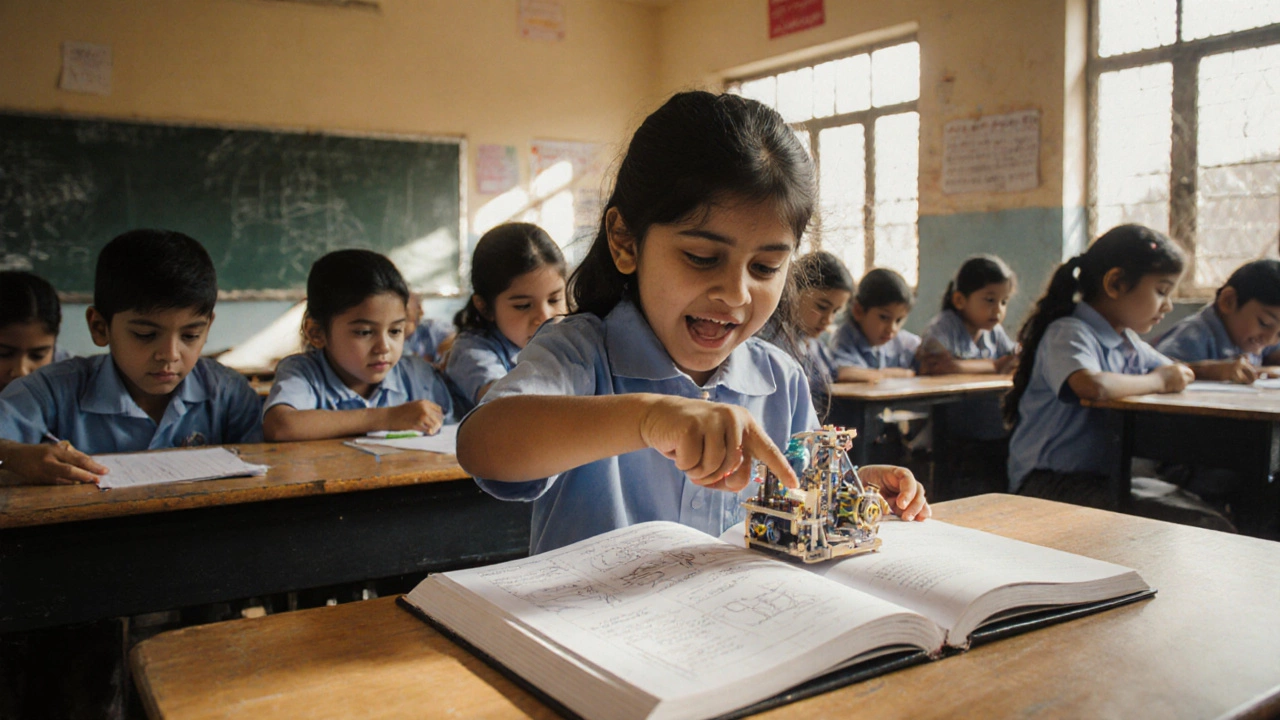Best Syllabus for Kids: What Works in Real Classrooms
When we talk about the best syllabus for kids, a structured plan for what children learn at school, designed to match their developmental stage and natural curiosity. Also known as a child learning curriculum, it’s not about filling heads with facts—it’s about building habits, confidence, and the ability to think. Too many syllabi are written by people who’ve never sat in a first-grade classroom. The real ones? They’re messy, playful, and full of questions. They let kids touch, build, fail, and try again.
A good early education syllabus, a sequence of learning experiences tailored for young children, focusing on foundational skills and social growth doesn’t rush reading. It starts with stories, songs, and conversations. It doesn’t force math drills. It lets kids count marbles, sort buttons, and notice patterns in their lunch trays. The kids learning activities, hands-on, age-appropriate tasks designed to engage children’s senses and thinking skills matter more than the textbook. A child who can describe why a leaf changes color learns more about science than one who memorizes the word "photosynthesis."
The best syllabi for kids don’t just teach subjects—they teach how to learn. They give space for curiosity. They let silence happen. They don’t punish wrong answers. They reward asking questions. And they understand that a five-year-old’s attention span isn’t broken—it’s just built differently. What works isn’t flashy apps or fancy worksheets. It’s a teacher who notices when a kid stops drawing and starts asking why. It’s a classroom where the walls are covered in kids’ work, not posters from a catalog.
What you’ll find in the posts below aren’t theoretical models. These are real classroom experiences, practical tools, and honest reflections from teachers and parents who’ve tried what works—and what doesn’t. Whether you’re choosing a school, designing a home learning routine, or just wondering why your child suddenly loves counting clouds, you’ll find something here that feels familiar. No jargon. No fluff. Just what helps kids actually grow.
